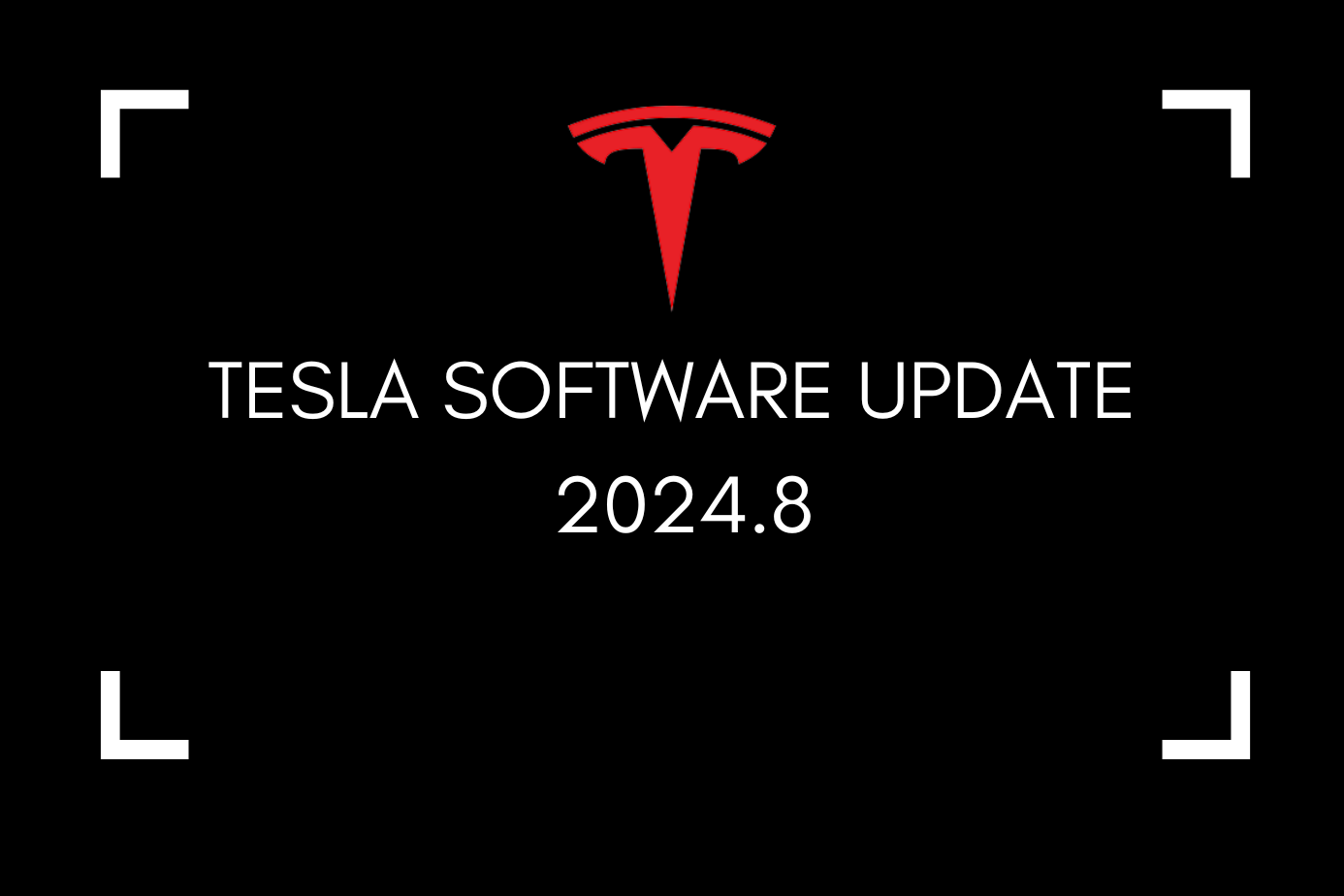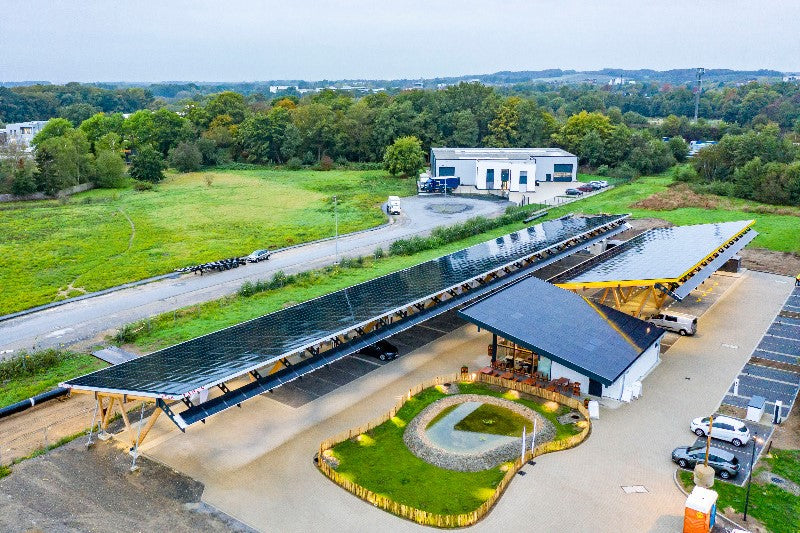
Tesla leasing is a popular option for those interested in owning a Tesla but don't want to pay the full purchase price and want more flexibility. Leasing offers a flexible way to use a Tesla without owning it. There are several different leasing options for Teslas that are tailored to customers' needs.
In this comprehensive guide, you'll learn everything you need to know about Tesla leasing and get some tips to help you avoid cost traps.
Leasing Basics

Anyone who wants to purchase a Tesla has the option of buying the vehicle, financing it or leasing it. The basics of Tesla leasing are explained below:
When you buy a Tesla, the electric car is paid for in full and the buyer becomes its owner. When you finance the car, the buyer also owns it, but he has taken out a loan from a bank in advance, which he pays off monthly.
With leasing, on the other hand, the customer pays a fixed monthly rate to the lessor and uses the vehicle for a fixed period of time without permanently owning it after the end of the contract.
At the end of the lease, the lessee can either return the Tesla or purchase it for a predetermined value.
leasing process

The leasing process at Tesla is quite simple and straightforward. The lessee can configure the desired vehicle online or in a Tesla store and select the personal or business leasing option.
The amount of the monthly leasing rate depends mainly on the price of the Tesla vehicle including its equipment, the free mileage and the down payment.
You can influence the monthly amount through various components. These include:
The price of the vehicle including equipment
The deposit
The annual kilometers driven
The total duration
Another factor that is not determined by the customer is the loan interest rate. This can be around 6% and describes the value in percent that the customer has to pay to the bank in order for it to provide him with the loan.
Before the contract is concluded, the lessee has the opportunity to review the contract terms and the monthly leasing rate and adjust them if necessary. After the contract is concluded, the vehicle is produced and delivered to the lessee.
During the lease period, the customer is responsible for maintaining the Tesla and must have regular inspections carried out. Therefore, these vehicles are usually insured fully comprehensive with the lowest possible deductible, as all scratches must be repaired.
Leasing a company car can also make sense for commercial customers and companies. They can then deduct the car from their taxes and get off better than a combustion engine thanks to the 0.25% rule.
Overall, Tesla leasing offers a flexible and convenient way to drive a Tesla without having to buy it outright. The monthly leasing payments are lower compared to buying or financing because the lessee does not have to pay off the vehicle in full.



